Wood Duck
Posted: Mon May 21, 2012 6:42 pm
Wood Duck Aix sponsa
Order: Anseriformes. Family: Anatidae
Description
The wood duck is a medium-sized perching duck. A typical adult is from 47 to 54 cm (19 to 21 in) in length with a wingspan of between 66 to 73 cm (26 to 29 in). This is about three-quarters of the length of an adult mallard. It shares its genus with the Asian Mandarin duck (Aix galericulata). The adult male has distinctive multicolored iridescent plumage and red eyes,with a distinctive white flare down the neck. The female, less colorful, has a white eye-ring and a whitish throat. Both adults have crested heads.
Distribution
The birds are year-round residents in parts of its southern range, but the northern populations migrate south for the winter. They overwinter in the southern United States near the Atlantic coast. 75% of the wood ducks in the Pacific Flyway are non-migratory. They are also popular, due to their attractive plumage, in waterfowl collections and as such are frequently recorded in Great Britain as escapes—populations have become temporarily established in Surrey in the past but are not considered to be self-sustaining in the fashion of the closely related Mandarin duck. Given its native distribution the species is also a potential natural vagrant to Western Europe and there have been records in areas such as Cornwall, Scotland and the Isles of Scilly which some observers consider may relate to wild birds; however, given the wood duck's popularity in captivity it would be extremely difficult to prove their provenance one way or another. There is a small feral population in Dublin. They are an introduced species in South Africa.
Habitat
They are found in wooded swamps, marshes, streams, beaver ponds, and small lakes. They stick to wet areas with trees or extensive cattails.
Diet
Wood Ducks eat seeds, fruits, insects and other arthropods. When aquatic foods are unavailable they may take to dry land to eat acorns and other nuts from forests and grain from fields. Diet studies indicate a lot of variability, but plant materials make up 80% or more of what the species eats.
Breeding
The Wood Duck nests in trees near water, sometimes directly over water, but other times over a mile away. After hatching, the ducklings jump down from the nest tree and make their way to water. The mother calls them to her, but does not help them in any way. The ducklings may jump from heights of over 50 feet without injury.
Wood Ducks pair up in January, and most birds arriving at the breeding grounds in the spring are already paired. The Wood Duck is the only North American duck that regularly produces two broods in one year.
Call
The male's call is a rising whistle, jeeeeee; the females utter a drawn-out, rising squeal, do weep do weep, when flushed, and a sharp cr-r-ek, cr-e-ek for an alarm call.
Status
IUCN Conservation Status: Least Concern
Order: Anseriformes. Family: Anatidae
Description
The wood duck is a medium-sized perching duck. A typical adult is from 47 to 54 cm (19 to 21 in) in length with a wingspan of between 66 to 73 cm (26 to 29 in). This is about three-quarters of the length of an adult mallard. It shares its genus with the Asian Mandarin duck (Aix galericulata). The adult male has distinctive multicolored iridescent plumage and red eyes,with a distinctive white flare down the neck. The female, less colorful, has a white eye-ring and a whitish throat. Both adults have crested heads.
Distribution
The birds are year-round residents in parts of its southern range, but the northern populations migrate south for the winter. They overwinter in the southern United States near the Atlantic coast. 75% of the wood ducks in the Pacific Flyway are non-migratory. They are also popular, due to their attractive plumage, in waterfowl collections and as such are frequently recorded in Great Britain as escapes—populations have become temporarily established in Surrey in the past but are not considered to be self-sustaining in the fashion of the closely related Mandarin duck. Given its native distribution the species is also a potential natural vagrant to Western Europe and there have been records in areas such as Cornwall, Scotland and the Isles of Scilly which some observers consider may relate to wild birds; however, given the wood duck's popularity in captivity it would be extremely difficult to prove their provenance one way or another. There is a small feral population in Dublin. They are an introduced species in South Africa.
Habitat
They are found in wooded swamps, marshes, streams, beaver ponds, and small lakes. They stick to wet areas with trees or extensive cattails.
Diet
Wood Ducks eat seeds, fruits, insects and other arthropods. When aquatic foods are unavailable they may take to dry land to eat acorns and other nuts from forests and grain from fields. Diet studies indicate a lot of variability, but plant materials make up 80% or more of what the species eats.
Breeding
The Wood Duck nests in trees near water, sometimes directly over water, but other times over a mile away. After hatching, the ducklings jump down from the nest tree and make their way to water. The mother calls them to her, but does not help them in any way. The ducklings may jump from heights of over 50 feet without injury.
Wood Ducks pair up in January, and most birds arriving at the breeding grounds in the spring are already paired. The Wood Duck is the only North American duck that regularly produces two broods in one year.
Call
The male's call is a rising whistle, jeeeeee; the females utter a drawn-out, rising squeal, do weep do weep, when flushed, and a sharp cr-r-ek, cr-e-ek for an alarm call.
Status
IUCN Conservation Status: Least Concern
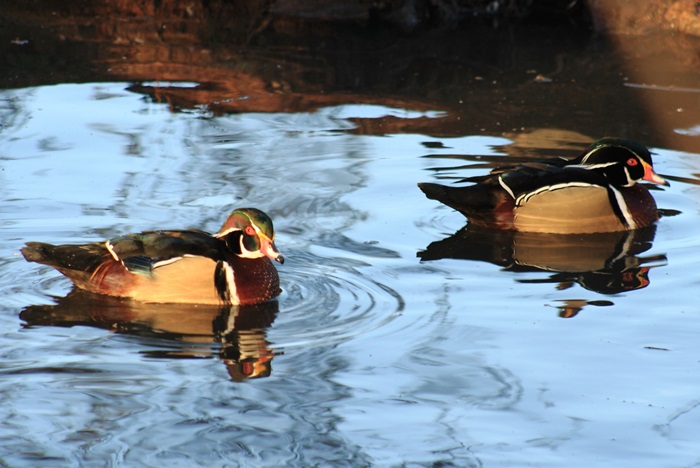 © Flutterby
© Flutterby
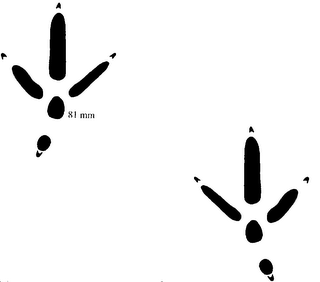
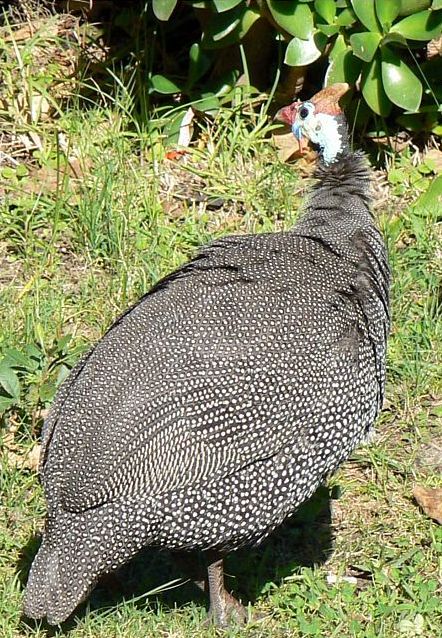 © Toko
© Toko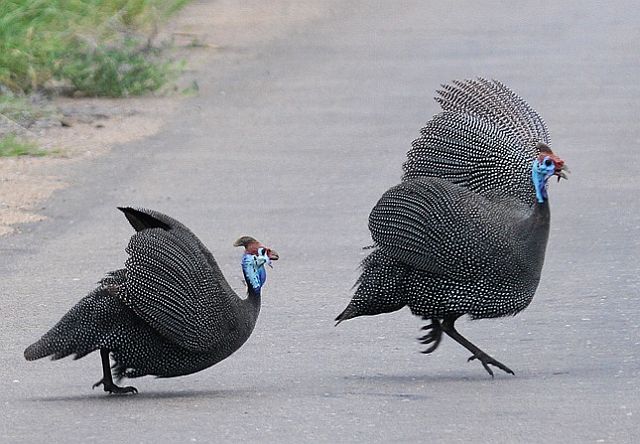 © leachy
© leachy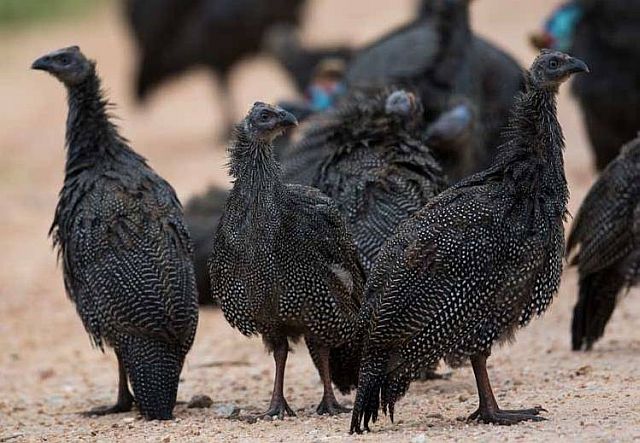 © Pumbaa & Timon
© Pumbaa & Timon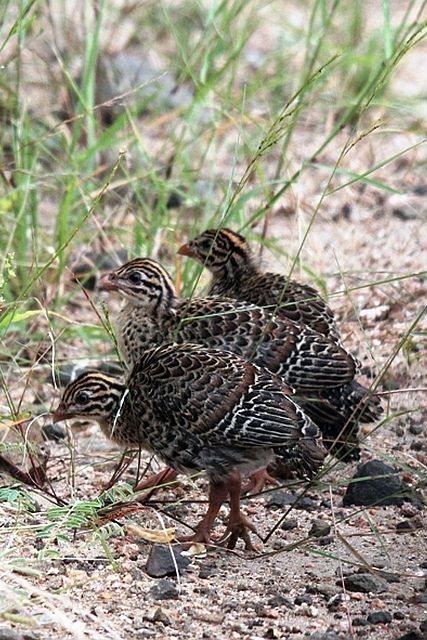 © pooky
© pooky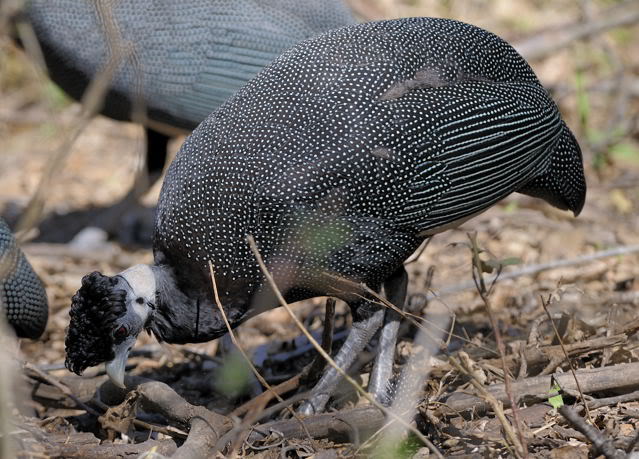
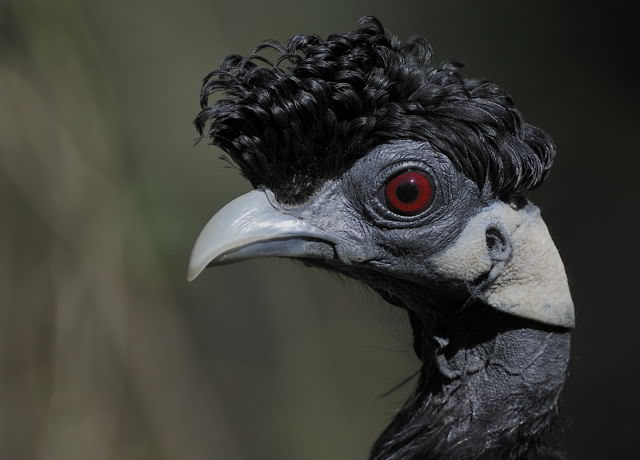
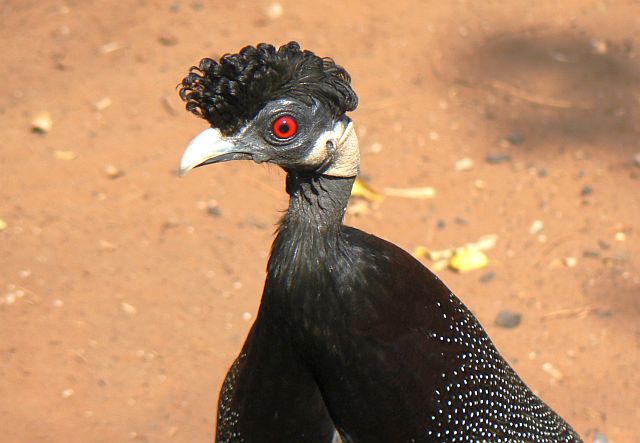 © Toko
© Toko